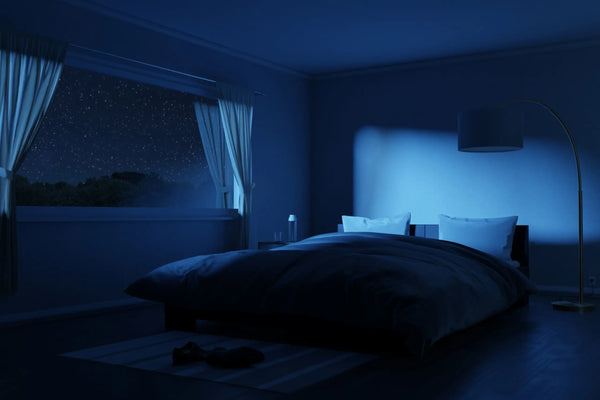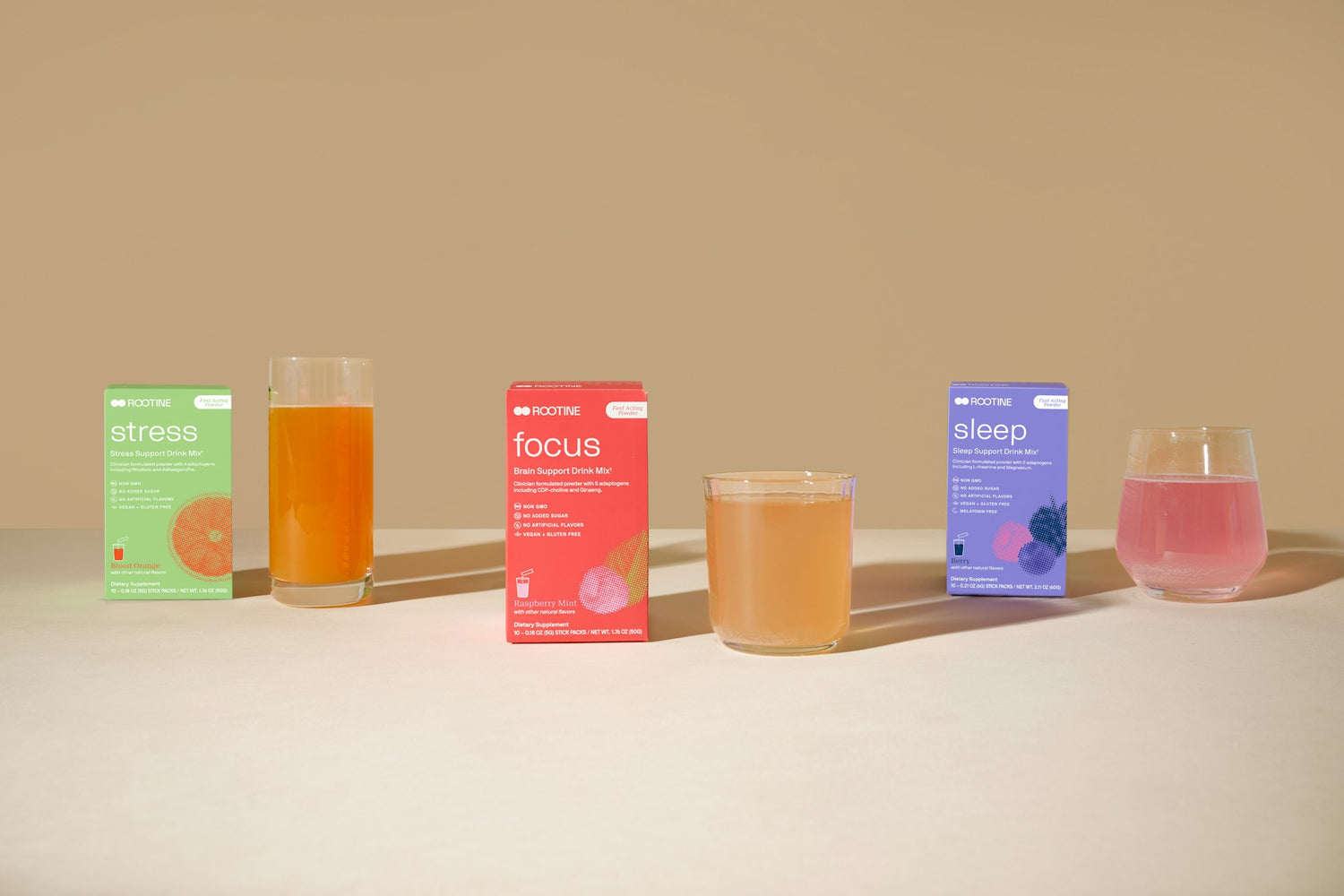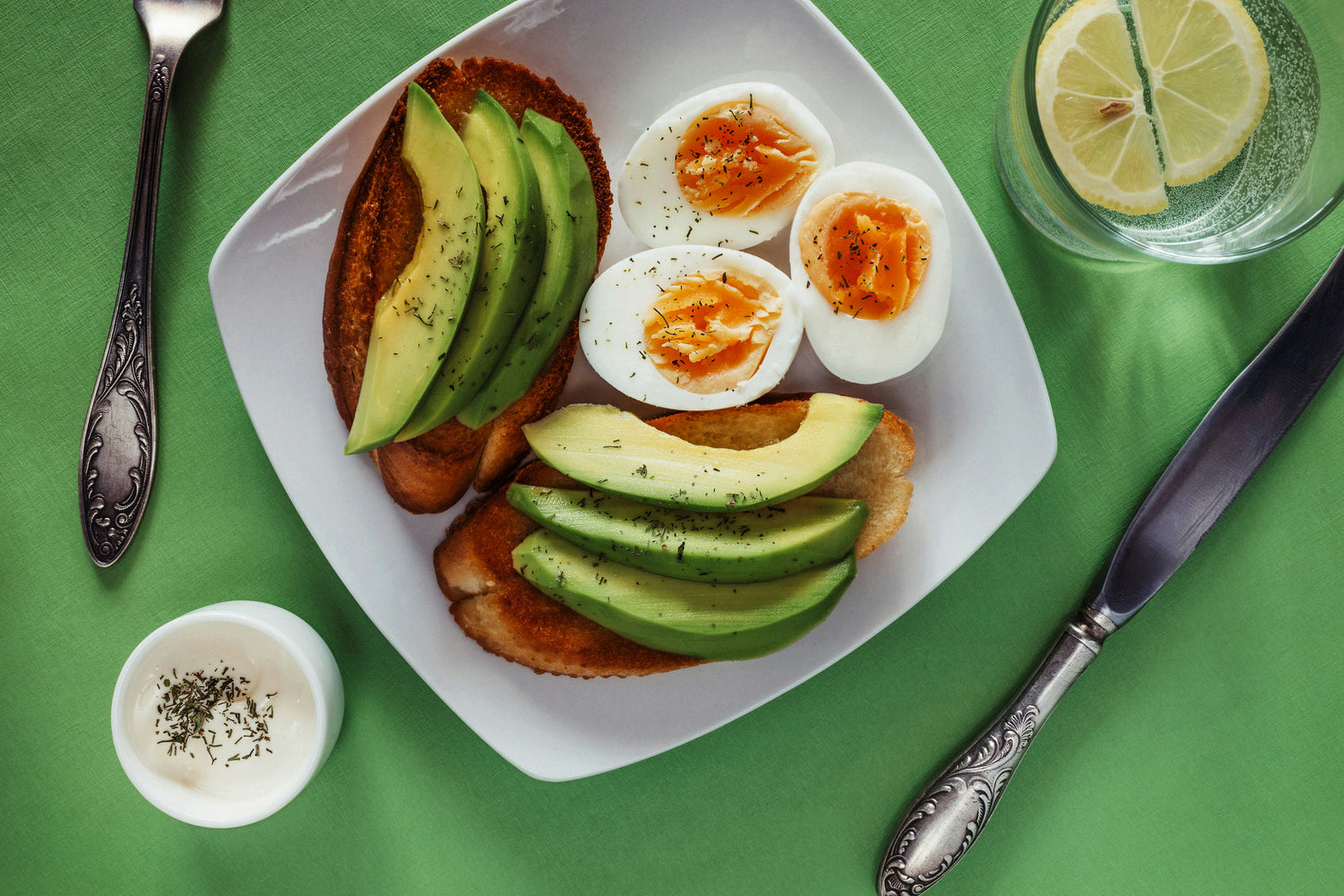A good night’s sleep is the secret weapon to good health and longevity. Sleep is when our bodies repair and regenerate and our brains process events and emotions from the day. Without sleep, it’s hard to achieve good health, let alone feel prepared for the upcoming day.
While achieving good sleep is critical, it’s not always easy. High-quality sleep requires good sleep hygiene: practices conducive to quality sleep and good health. Sleep hygiene is to sleep as cleaning is to cleanliness - without one, it’s hard to have the other.
Good sleep hygiene is a lifestyle. Setting yourself up for great sleep starts the moment you jump out of bed and continues until your head hits the pillow.
There are a number of quick and easy practices you can implement day-to-day to increase your sleep quality, which will in turn pay dividends for your health.
Practices that encourage good sleep hygiene throughout the day:
- Wake up within the same 30-60 minute window every day [1]
- Get morning sunlight without sunglasses (preferably before 10am) [2]
- Why? Our circadian pacemaker, the suprachiasmatic nuclei (SCN), in our brain has photoreceptors that sense the time of day and adjust hormone production for wakefulness or sleep accordingly
- Limit caffeine after noon [3]
- Avoid big meals and alcohol within 3 hours of bed [4, 5]
- Take an evening stroll after dinner to digest and get evening sunlight [6]
- Avoid intense exercise before bed as it can raise cortisol and adrenaline levels [7]
- Detox journal to capture all the racing thoughts and “to-do’s” in your head before bedtime [8]
- Certain micronutrients can help your sleep quality including: magnesium, B6 and zinc

Practices that encourage good sleep hygiene from evening to morning:
- Limit exposure to blue light within 1 hour of bed and wear blue light blocking glasses if you have to view a screen (blue light stimulates the brain and can disrupt the circadian rhythm)
- Get off social media! It is independently associated with disrupted sleep [9]
- Get in bed around the same time every day - weekends included!
- Sleep in a dark room with no clocks or nightlights. Light can inhibit melatonin production by 50% or more [10]
- Keep your bedroom cool - too hot or too cold can impact sleep [11]
- Consider using white noise if you wake up easily
In general, you should aim for 7-8 hours of sleep per night, though individual sleep needs vary. Consistently getting that much sleep requires advanced planning and intentional action throughout the day - from the moment you set your alarm on.
This is especially true when under high amounts of stress. Cortisol, a stress hormone, is released in higher amounts under periods of stress and acts as a means to keep the body awake and alert. Melatonin has the opposite effect; it calms the brain down and produces a restorative sleep cycle. When the body is stressed and producing excessive amounts of cortisol, it is critical to practice good sleep hygiene to counteract the negative effects of stress with high-quality sleep.
If you practice good sleep hygiene and still find yourself waking up tired or having difficulty going to sleep, it’s worthwhile to check in with what is happening to your body when you sleep (e.g., using a wearable to track your sleep cycles, HRV, breathing). An altered cortisol response may also be to blame, so if you find yourself experiencing other common symptoms of stress, it might be time to test your levels.
The Bottom Line
Practicing good sleep hygiene will pay dividends for your overall health. Sleep is the way our body and brain recalibrate from the day and build a metabolic buffer to protect us from excessive stress signals.
Sources
- Jiunn-Horng Kang, Shih-Ching Chen. Effects of an irregular bedtime schedule on sleep quality, daytime sleepiness, and fatigue among university students in Taiwan. BMC Public Health. 2009; 9: 248. doi: 10.1186/1471-2458-9-248
- Christine Blume, Corrado Garbazza, et al. Effects of light on human circadian rhythms, sleep and mood. Somnologie (Berl). 2019; 23(3): 147–156. doi: 10.1007/s11818-019-00215-x
- Christopher Drake, Timothy Roehrs, et al. Caffeine Effects on Sleep Taken 0, 3, or 6 Hours before Going to Bed. J Clin Sleep Med. 2013 Nov 15; 9(11): 1195–1200. doi: 10.5664/jcsm.3170
- Nikola Chung, Yu Sun Bin, Peter A Cistulli, et al. Does the Proximity of Meals to Bedtime Influence the Sleep of Young Adults? A Cross-Sectional Survey of University Students. Int J Environ Res Public Health. 2020 Apr 14;17(8):2677. doi: 10.3390/ijerph17082677.
- Mahesh M Thakkar, Rishi Sharma, Pradeep Sahota. Alcohol disrupts sleep homeostasis. Alcohol. 2015 Jun;49(4):299-310. doi: 10.1016/j.alcohol.2014.07.019.
- Hikaru Hori, Atsuko Ikenouchi-Sugita, et al. Does subjective sleep quality improve by a walking intervention? A real-world study in a Japanese workplace. BMJ Open. 2016; 6(10): e011055. doi: 10.1136/bmjopen-2016-011055
- Jan Stutz, Remo Eiholzer, et al. Effects of Evening Exercise on Sleep in Healthy Participants: A Systematic Review and Meta-Analysis. Sports Med. 2019 Feb;49(2):269-287. doi: 10.1007/s40279-018-1015-0.
- Michael K. Scullin, Madison L. Krueger, et al. The Effects of Bedtime Writing on Difficulty Falling Asleep: A Polysomnographic Study Comparing To-Do Lists and Completed Activity Lists. J Exp Psychol Gen. 2018 Jan; 147(1): 139–146. doi: 10.1037/xge0000374
- Jessica C Levenson, Ariel Shensa, et al. Social Media Use Before Bed and Sleep Disturbance Among Young Adults in the United States: A Nationally Representative Study. Sleep. 2017 Sep 1;40(9):zsx113. doi: 10.1093/sleep/zsx113.
- Joshua J Gooley, Kyle Chamberlain, Kurt A Smith. Exposure to room light before bedtime suppresses melatonin onset and shortens melatonin duration in humans. J Clin Endocrinol Metab. 2011 Mar;96(3):E463-72. doi: 10.1210/jc.2010-2098. Epub 2010 Dec 30.
- Edward C. Harding. Nicholas P. Franks. The Temperature Dependence of Sleep. Front Neurosci. 2019; 13: 336. doi: 10.3389/fnins.2019.00336



